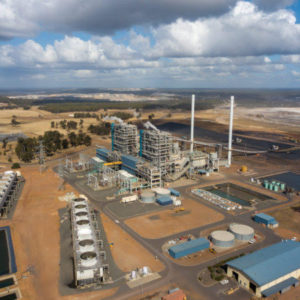-
Delays from approvals threatening Australia’s goal of generating 82% of electricity from renewables by 2030
Date posted:
-
-
-
Post Author
Patrick LaveryCombustion Industry News Editor
-
-

Work by two separate analysts has found that Australia is not on track to meet its target to generate 82% of its electricity from renewable sources by 2030.
Currently, the country generates between 30-35% of its electricity demand from renewables (~7% from hydro, and ~10% from rooftop solar), and so the 2030 target is highly ambitious, even though the 82% of electricity target would only be something in the region of 33% of total energy demand, which is considerably lower than the European Union provisionally agreed target of 42.5% (and stretch goal of 45%).
Analysts at Nexa Advisory estimate that instead, Australia will achieve 60% of its electricity from renewable sources by 2030, while Rystad Energy estimates a figure of 64%. Preventing the target being reached, according to Tony Wood of the Grattan Institute think tank and Marija Petkovic of consultancy Energy Synapse, is a hurdle familiar to US and European renewables developers – the rate at which development approvals are decided. This is particularly acute for transmission infrastructure, but applies also to generation and battery storage capacity.
Delays will have an impact on traditional power generation, with possible extensions to the lifetime of coal-fired power plants (for instance the 2,880 MW Eraring power station, currently scheduled to close in 2025). At the same time, the flexibility (or rather, the lack of it) of fossil fuel-fired generation will impact the amount of intermittent generation capacity the grid(s) can accommodate, with some coal-fired power plants needing to operate at at least 30-50% of their capacity.
Australia’s government and energy planners will have major decisions to make in the next few years if targets are to be met.
